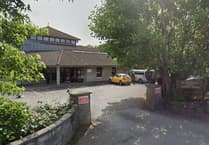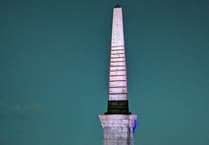AS I write, it’s a warm sunny evening - yet again. We are in a dry period and it’s looking like it’s going to last. Like many gardeners, this isn’t my favourite weather, even if Geraldine thinks it’s chilly.
Having spent many years in South Africa, droughts are no fun, for gardeners and farmers alike, and we certainly had a few.
Of course, it’s not that frequent in the UK that we have a real lack of rain, although it does seem to be happening more often. A drought in the UK is defined as 15 consecutive days with virtually no rain.
For those of us of a certain vintage, 1976 will stand out as the ultimate summer. The preceding winter had been dry as well, and the following hot, dry summer was one of the most significant droughts for 250 years.
Much of the UK experienced barely half the regular rainfall and parts of Devon and Dorset experienced 45 consecutive days without rain, a UK record.
From June 23, temperatures were consistently over 32 degrees Celsius, peaking at over 35 degrees.
Beech trees were particularly badly affected by the drought, taking around 20 years to recover, and 15 per cent of the beech population died.
There are many drought events in history but 1540 was a bad year. Rain fell only six times from February to September and wells and rivers ran dry. The level of the River Thames fell so low that seawater ran up past the Tower of London and contaminated water supplies that caused extensive disease and death. Apparently, the stench in towns was unbearable.
I’m guessing beer supplies were limited - at least that should be okay this year! I’ll check that out by a personal visit to the New Inn this weekend.





Comments
This article has no comments yet. Be the first to leave a comment.